Some of these landmarks are new while others have enticed curious adventurers for hundreds or even thousands of years. We believe these 30 landmarks should be at the top of your travel bucket list.
1. Acropolis, Athens, Greece
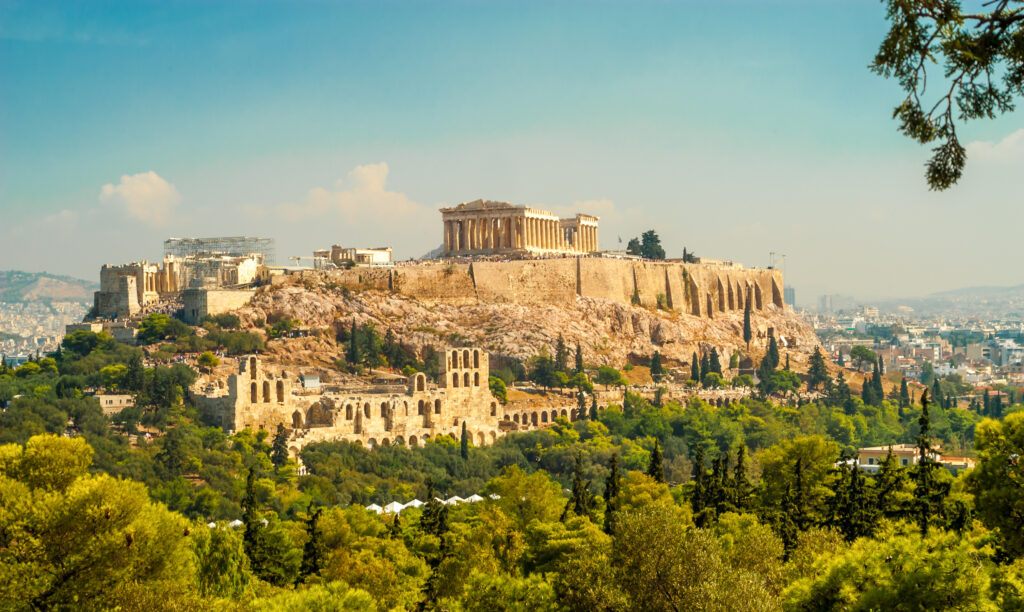
Once the center of ancient Greece, the hilltop citadel known as Acropolis is one of the most complete monuments still standing today. Perched high on Acropolis Rock as a natural fortress, the Acropolis houses several architectural marvels. These include masterpieces like the Parthenon and the Temple of Athena Nike. The Erechtheion is another iconic structure on this site. Additionally, the Acropolis Museum showcases countless antiquities, tracing back to its 5th-century origins.
2. Alhambra and Generalife, Granada, Spain
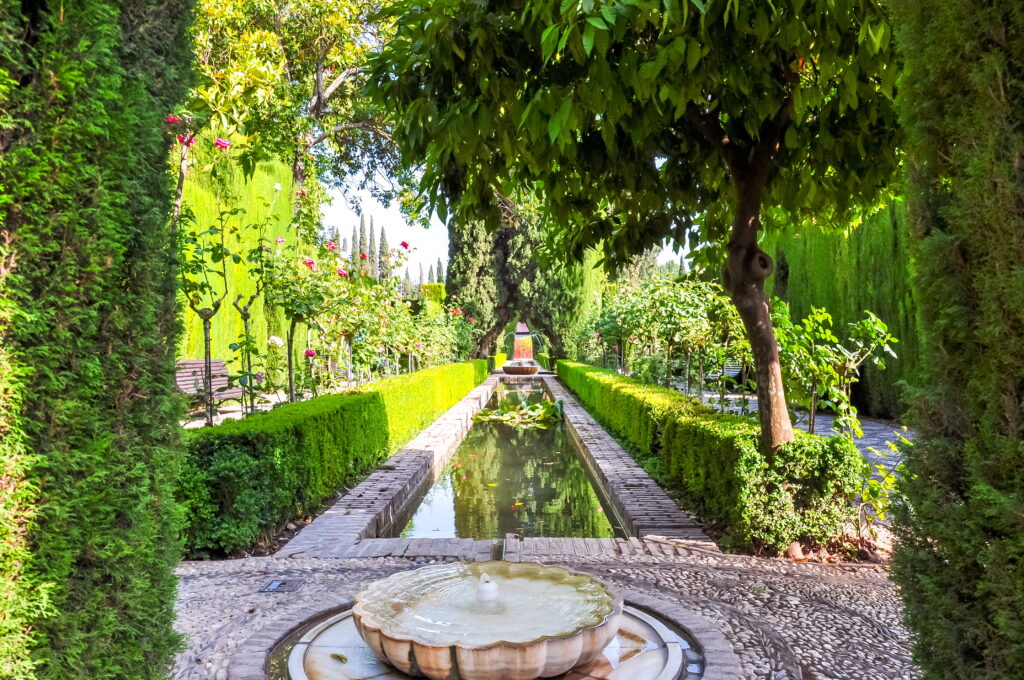
A Royal House since 1492, the Alhambra fortress and Generalife Gardens have functioned as both a guard and home to the rulers of this southern Spanish region. With the Alhambra’s preserved Roman, Islamic, and Christian architecture throughout the sprawling 26-acre palace complex of towers, gardens, churches, and official buildings, this Spanish landmark has been a destination travelers have enjoyed exploring for centuries.
3. Amazon Rainforest
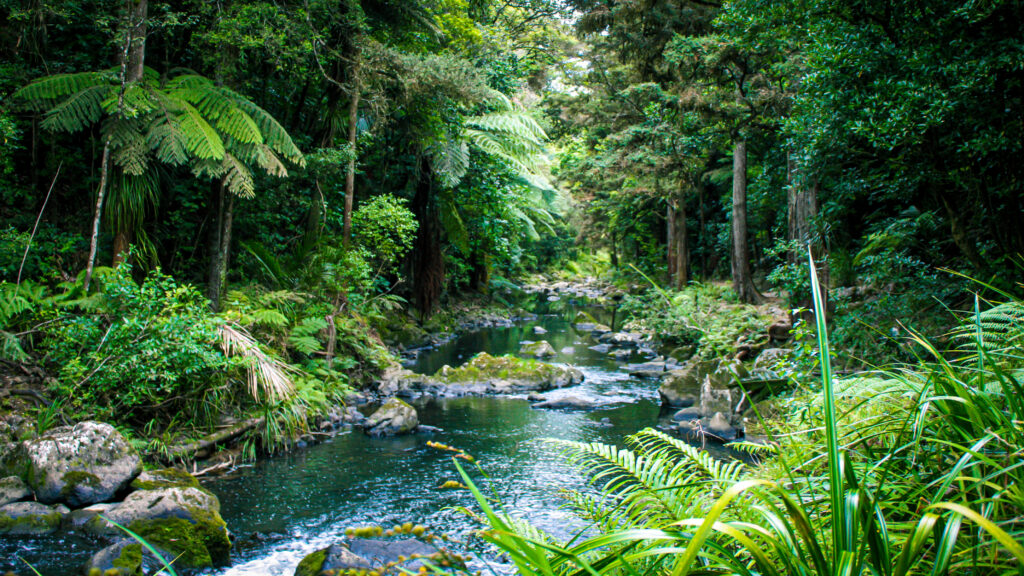
Traversing nine countries, the largest portions of which run through Brazil, Peru, and Columbia, the Amazon River and its surrounding Amazon Rainforest make up one of the largest must-see landmarks in the world. River cruises and guided tours provide access to the Rainforest, often referred to as “The Lungs of the Earth.” These experiences introduce travelers to the world-unique biodiversity found in this vibrant ecosystem.
4. Angkor Wat, Siem Reap, Cambodia
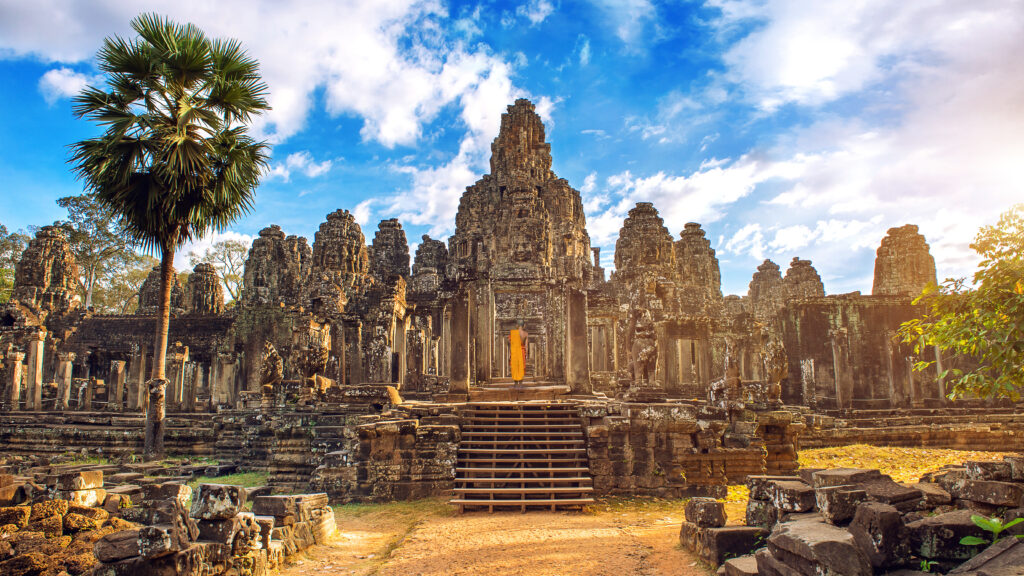
The most significant South-East Asia archeological landmark, Angkor Wat Temple is as uniquely beautiful as it is meaningful. Constructed in the 1st century, this Khmer temple was originally built as a dedication to the gods, heaven, and earth. The temple’s vast size significantly adds to the awe-inspiring visit. Its intricately carved details further enhance the ethereal experience of this iconic landmark.
5. Big Ben, London

The 13-ton bell named Big Ben gives the huge clock tower its name and rests atop the Elizabeth Tower in the House of Parliament in central London. A working clock, Big Ben has been in use since its construction in 1844. Big Ben is one of London’s most recognizable landmarks. It continues to chime every hour, marking the passage of time. Visitors have the unique opportunity to tour behind the scenes. There, they can see the stack of coins on the pendulum, a peculiar mechanism that keeps the timepiece running smoothly.
6. Blue Domes of Oia, Santorini, Greece
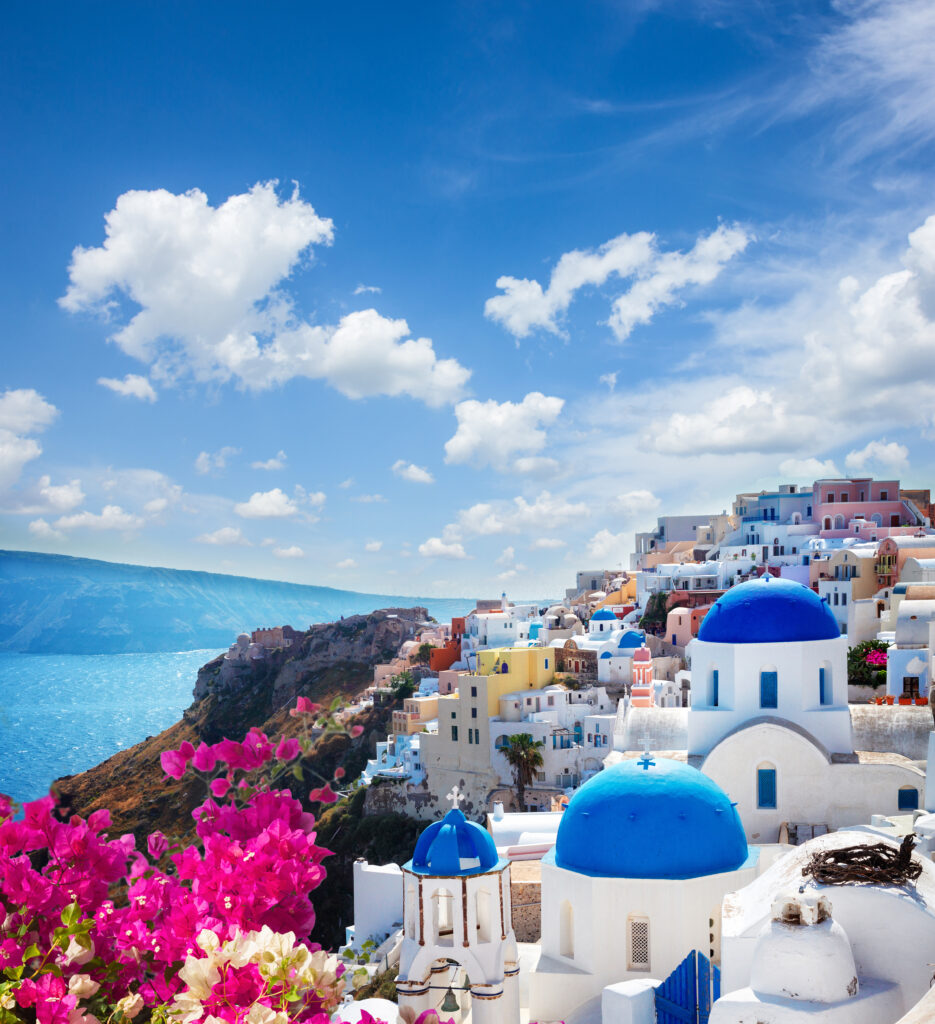
The impossibly blue Aegean Sea provides the ultimate backdrop to the blue-domed houses of Oia, a small town on the island of Santorini. Balanced on the edge of an ancient caldera, the village of Oia is an enchanting sight. It is characterized by its whitewashed buildings, each capped with bright blue dome rooftops. These structures dot the craggy cliffside, creating a unique landscape. The stunning views offered by this timeless European landmark captivate visitors to this Grecian paradise.
7. Burj Khalifa, Dubai
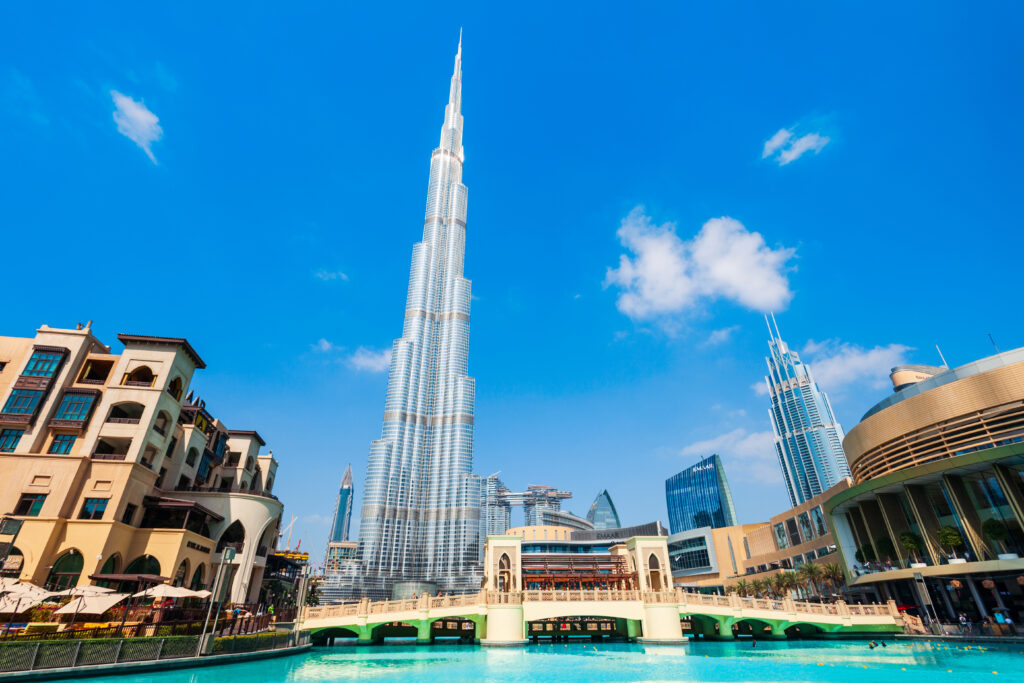
At 160 stories tall, the Burj has been the tallest building in the world for over a decade. This spectacular landmark looms over the pristine city of Dubai. It boasts an observation deck that provides stunning city views. Additionally, it hosts the world’s highest lounge, making it an ideal spot for enjoying a cocktail. The fact that the lounge is housed in the tallest freestanding structure in the world amplifies the unique experience of watching the sunset from this location.
8. Christ the Redeemer, Rio de Janeiro

Opened to the public in 1931, the world’s largest art deco statue stands as a towering 98-foot symbol. This iconic monument is representative of both Rio de Janeiro and Brazil.
The statue is situated on top of Mount Corcovado, from where it is visible for miles around. Most visitors choose to ride the cog train to reach this landmark. This journey not only brings them face to face with the Christ the Redeemer statue but also offers spectacular panoramic views of Rio.
9. Colosseum, Rome
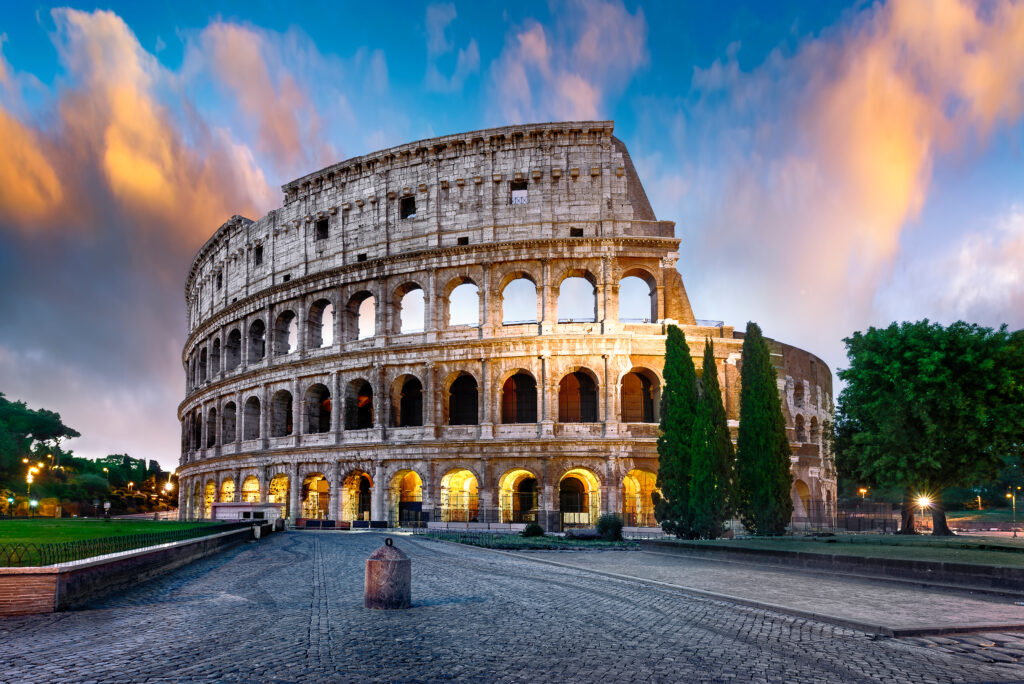
This landmark is one of the New 7 Wonders of the World, boasting a storied past nestled between ancient and modern Rome. Known as the Colosseum, it served as an expansive entertainment arena with a capacity to seat over 50,000 spectators.
In its prime, the Colosseum hosted a variety of events. These ranged from grisly gladiator and animal fights to dramatic ship battles. The advanced architecture of this iconic structure for its time stands out, particularly in its ability to flood the lower levels with water from Rome’s sophisticated aqueduct system, demonstrating a feature used during recreated naval battles.
10. Duomo, Florence, Italy
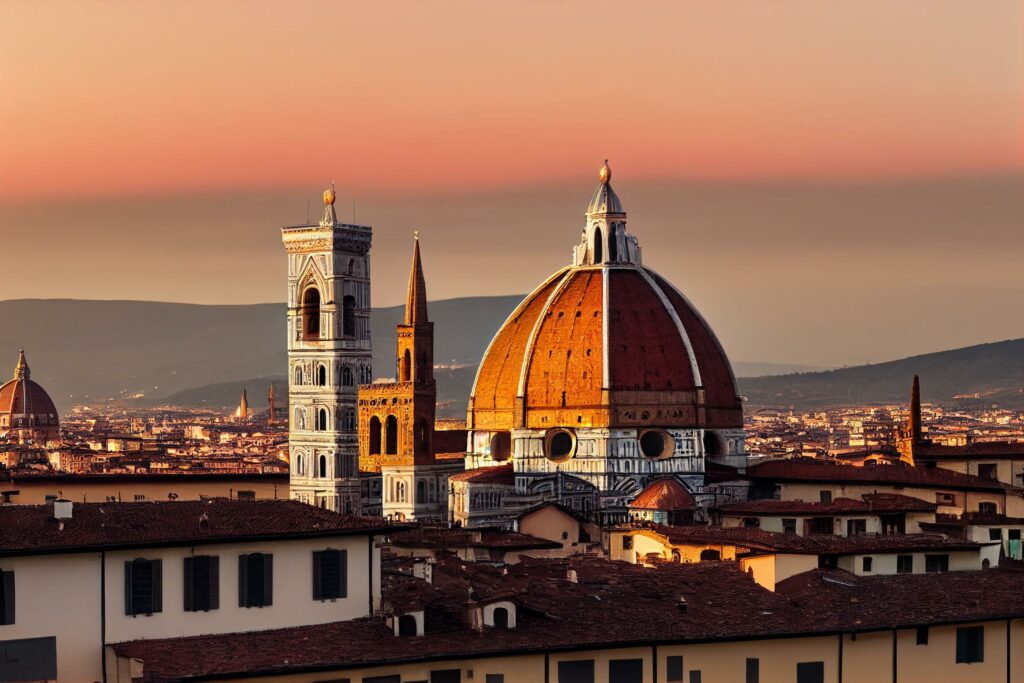
This Renaissance marvel is one of the most visited landmarks in all of Europe.
Florence’s Cathedral stands right in the heart of the city, its unique blend of stark white, brown, and gold ornate architecture making it instantly recognizable.
Visitors have a couple of ways to view the city. They can climb Giotto’s Bell Tower, which offers mostly open-air vistas. Alternatively, they can choose to brave the winding interior staircases that lead to the top of Brunelleschi’s Dome. From either viewpoint, one can enjoy a 360-degree panorama of beautiful Florence.
After soaking in the sights, visitors can descend back into the intricately adorned Cathedral, further exploring its architectural splendor.
11. Eiffel Tower, Paris
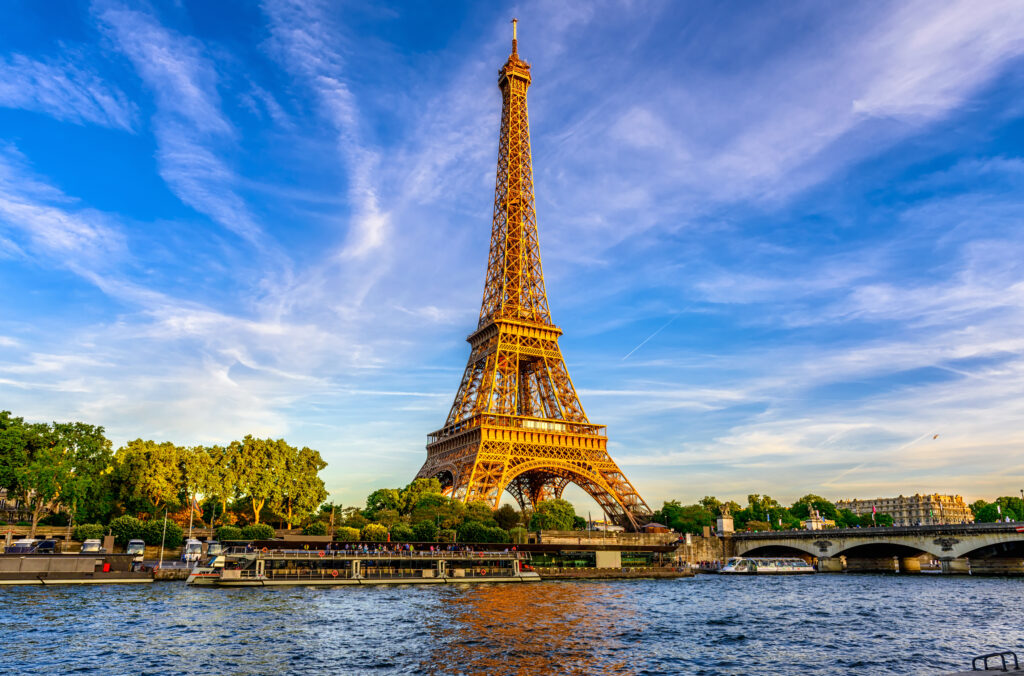
Standing sentry over The City of Lights for over 130 years, this romantic landmark has become the emblem of Paris. Visitors can walk up the 1,665 steps to the top or take an elevator up to the middle or top viewing platforms for the most sweeping views of Paris over the Seine River imaginable. And be sure to visit at night when the tower twinkles to life every hour, reminding Parisians and visitors of her place as Paris’s love letter to the world.
12. Easter Island, Chile
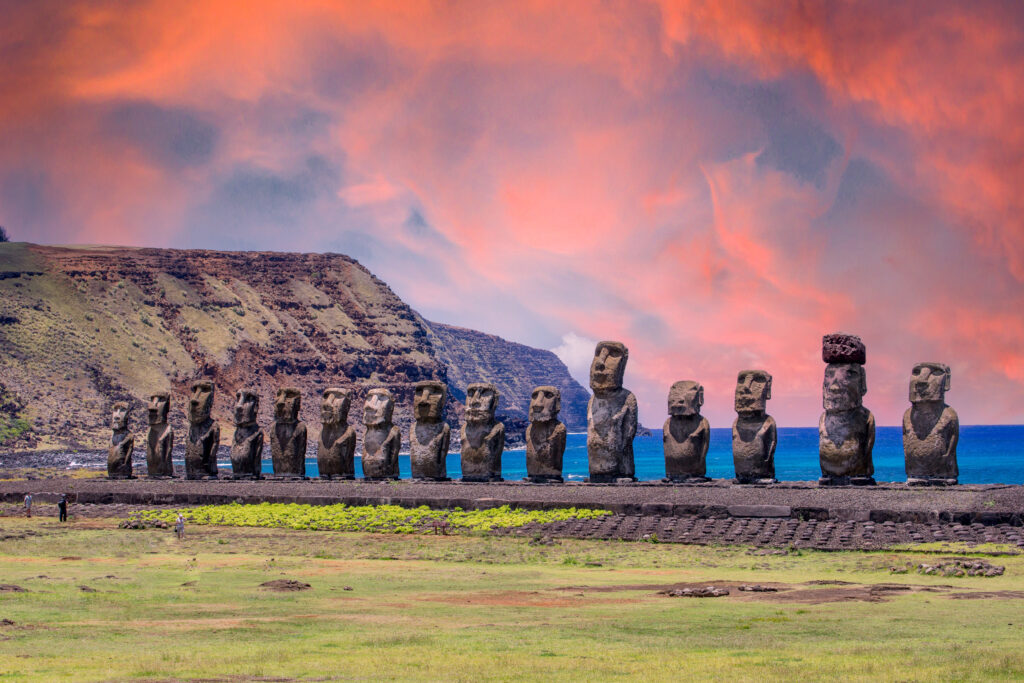
The tiny island of Rapa Nui off the coast of southern Chile, commonly referred to as Easter Island, is home to over 900 monoliths, and humanlike statues including “El Gigante” which is over 70 feet tall. Learning about the Polynesian culture that remains from the ancient peoples who constructed these statues makes a visit to Easter Island more than just a check off of a landmark on your bucket list.
13. Giants Causeway, Northern Ireland
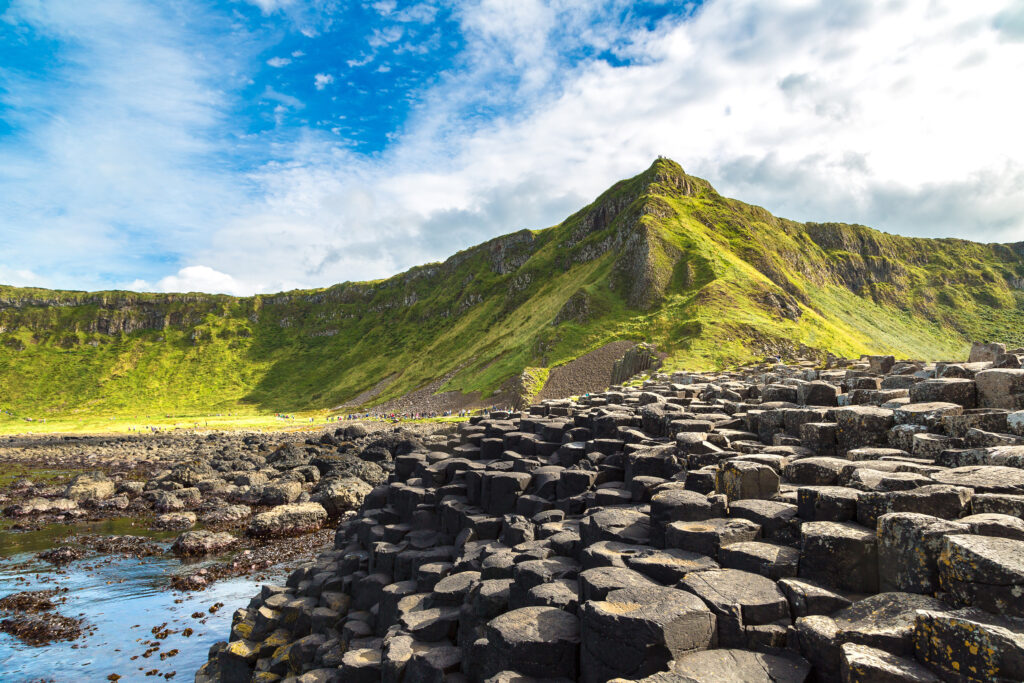
Where Northern Ireland meets the North Atlantic Ocean, the cliffs overlooking Scotland are known as the Giants Causeway. Massive basalt columns jut out of the landscape up and down the coastline, and Irish mythology attributes this spectacular natural landmark to the stepping stones of a giant warrior named Finn McCool.
14. Golden Gate Bridge, San Francisco, California
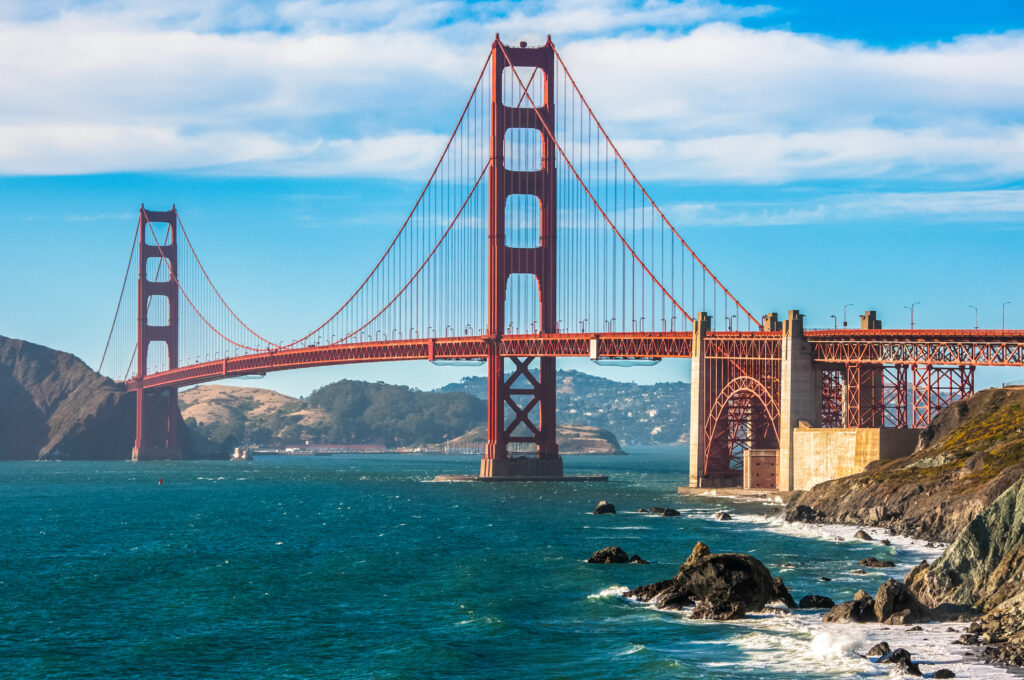
The arching red architecture of the Golden Gate Bridge connects San Francisco to Sausalito, giving visitors amazing views of the city as well as Alcatraz Island. The easiest way to experience this California landmark is by car but there are observation parks on both land entrances as well as a walking and biking path across the very windy bridge.
15. Grand Canyon, Arizona
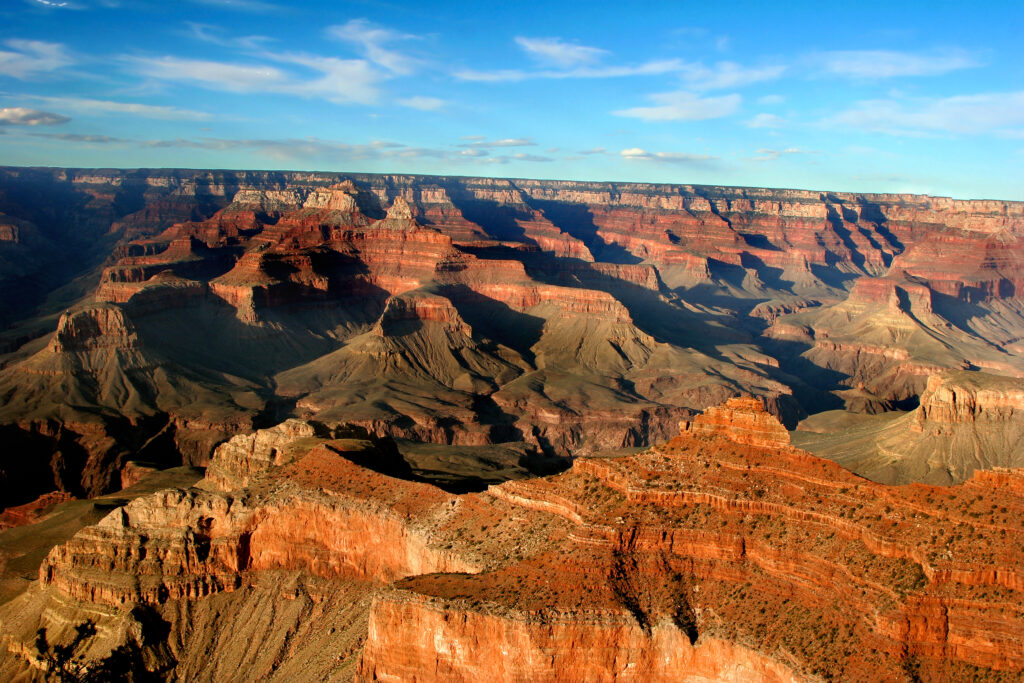
For thousands of years, the Colorado River has worked its magic on canyon land in Arizona, resulting in the breathtaking Grand Canyon. This natural landmark is one of the 7 Natural Wonders of the World, and it can be viewed from one of the many rim parks. Adventurous visitors can hike, ride, or helicopter into the canyon on camp or raft through the 277 miles of the canyon which is up to one mile deep.
16. Great Barrier Reef, Queensland, Australia

The Great Barrier Reef, vast enough to be visible from space, stretches over 1400 miles and consists of a single coral reef organism. A fragile ecosystem, the reef is accessible in five major locations for sailing, swimming, snorkeling, and diving to explore the extreme biodiversity present in this natural underwater landmark.
17. Great Pyramid of Giza, Egypt
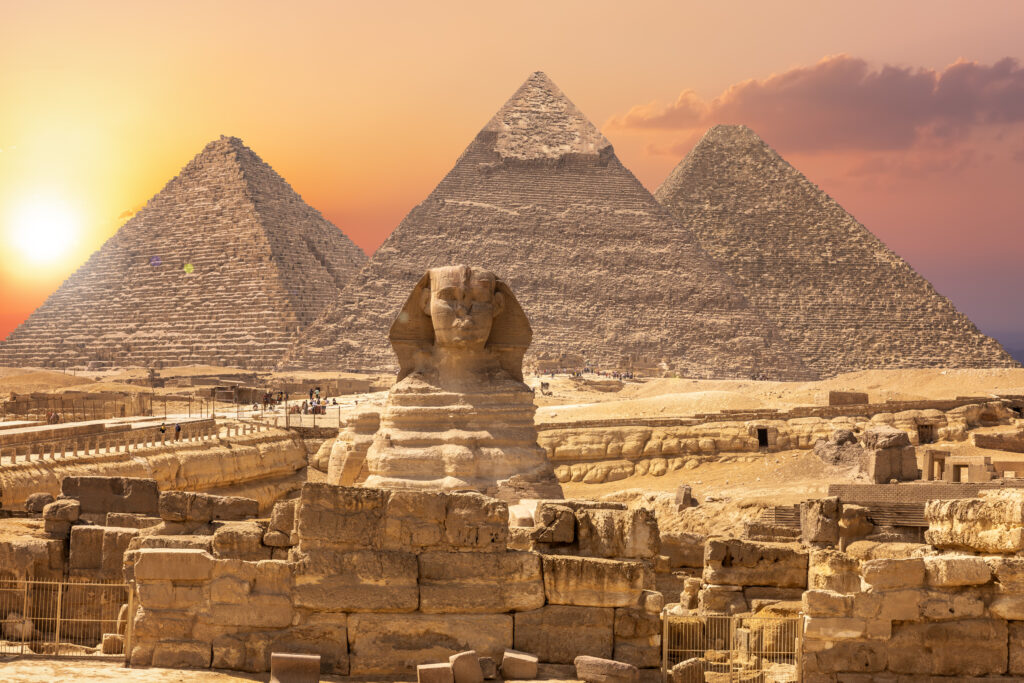
The Giza Plateau just outside of Cairo holds the ancient Great Pyramid of Giza, a grouping of pyramids commissioned by a Pharoah in 2550 B.C. Dating back 4,500 years, this UNESCO site is the only remaining Seven Wonders of the Ancient World that is still standing. Visitors can travel back in time on a walking tour of the pyramids as well as visit the nearby Great Sphinx monolith.
18. Great Wall of China

This ancient landmark was built to separate northern and southern China and is an astounding 13,000 miles long. Visitors can walk along the wall to explore this enormous wall created almost 3000 years ago during the Ming Dynasty. The best-preserved section to explore is the stretch nearest Beijing called the Mutianyu.
19. Ha Long Bay, Vietnam

Due to its winding shoreline punctuated with rugged cliffs, caves, and impressive rock outcroppings, people named this once sleepy fishing village the “Sleeping Dragon.” Today, visitors at Vietnam’s UNESCO landmark visit floating villages, hike into caves, climb the steep cliffs and explore the brilliant blue-green waters of Ha Long on a boat, kayak, or the local’s favorite boat called karst.
20. Machu Picchu, Peru
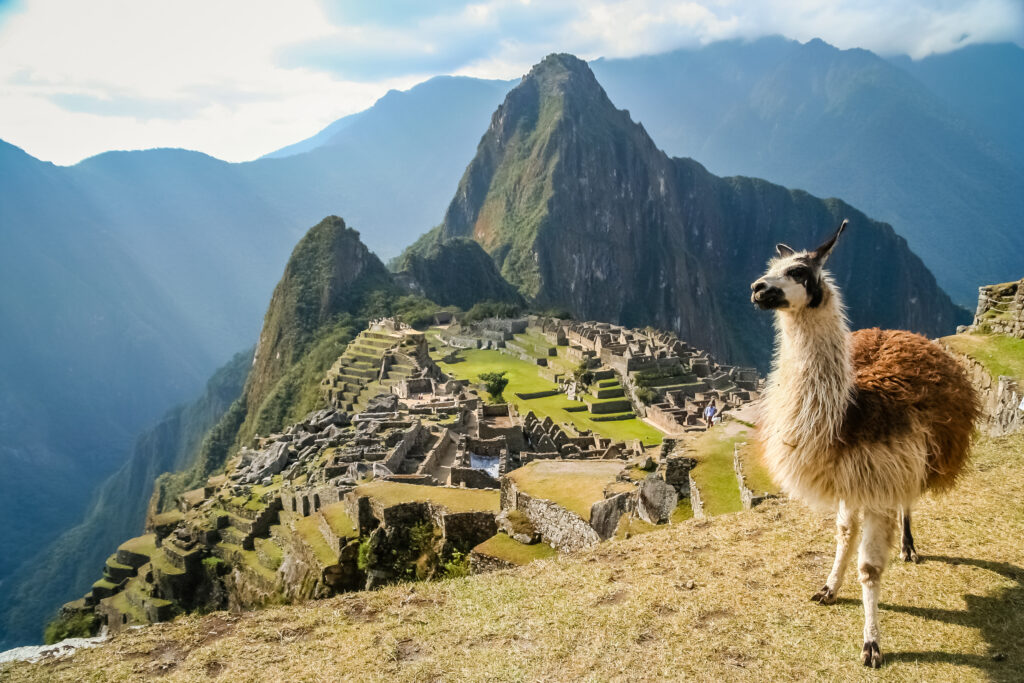
This Ican temple and sanctuary was begun in 1400 but adventurers rediscovered it in 1911 after being abandoned and forgotten for over 350 years. Today, visitors to this astonishing landmark marvel at the engineering feat of precisely building granite structures 8,000 feet above sea level in the Andes Mountains without modern machinery.
21. Mount Everest, Nepal

Arguably the most notable mountain landmark in the world, Mount Everest is also the deadliest for climbers. Positioned in the Himalayans between Nepal and Tibet, this over 29,000-foot peak attracts travelers who can explore Everest Base Camp, the beautiful Gokyo Valley, and Sagarmatha National Park. However, only highly experienced climbers attempt to summit it.
22. Mount Fuji, Honshu, Japan
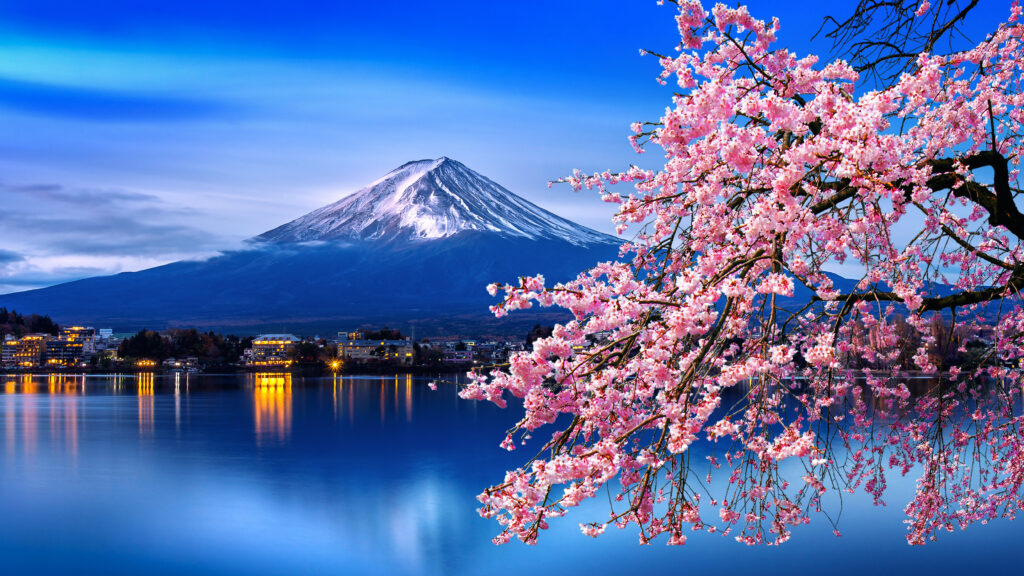
The highest mountain in Japan is also a stratovolcano, and this lovely landmark also holds a sacred Japanese shrine at its peak. Mt. Fuji’s classic cone shape is often dusted with snow but that doesn’t keep hikers off the over 12,400-foot peak during much of the year because this technically active volcano hasn’t erupted since 1707.
23. Niagara Falls, Canada, and USA
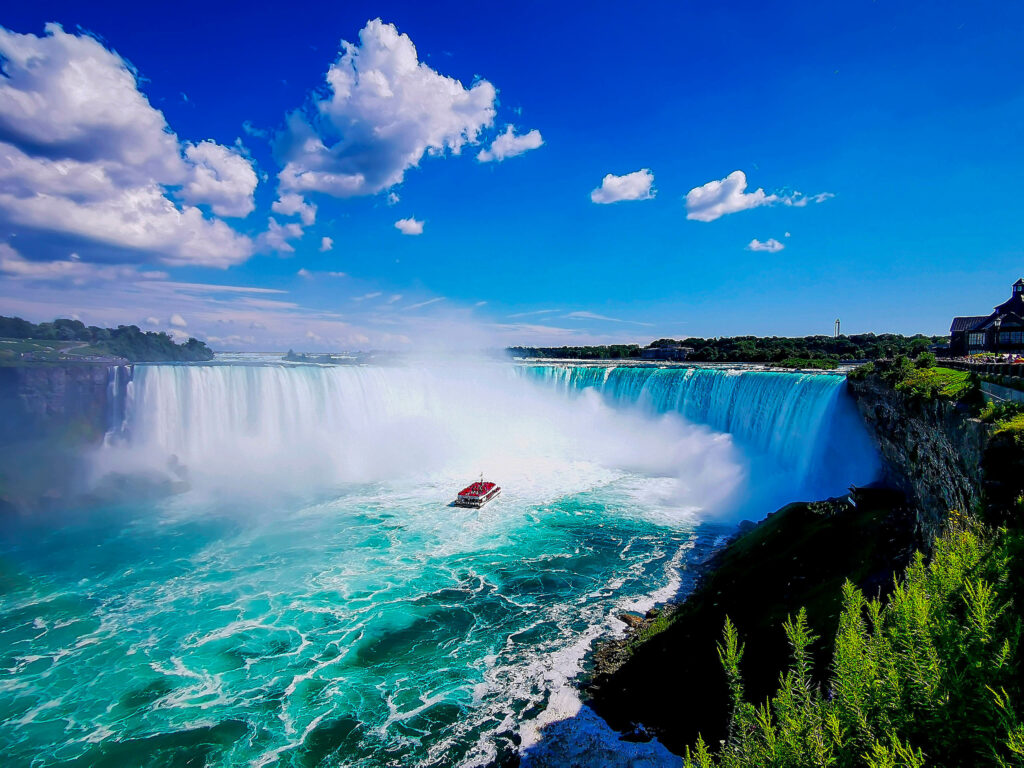
The three waterfalls that make up this massive natural landmark span two countries and visitors to Niagara and the Falls can even cross the area’s international border on foot on the Rainbow Bridge. The Maid of the Mist provides guests with a much-needed raincoat on a boat ride up to the Falls or visitors can hike to viewing platforms surrounding this natural wonder.
24. Petra, Jordan
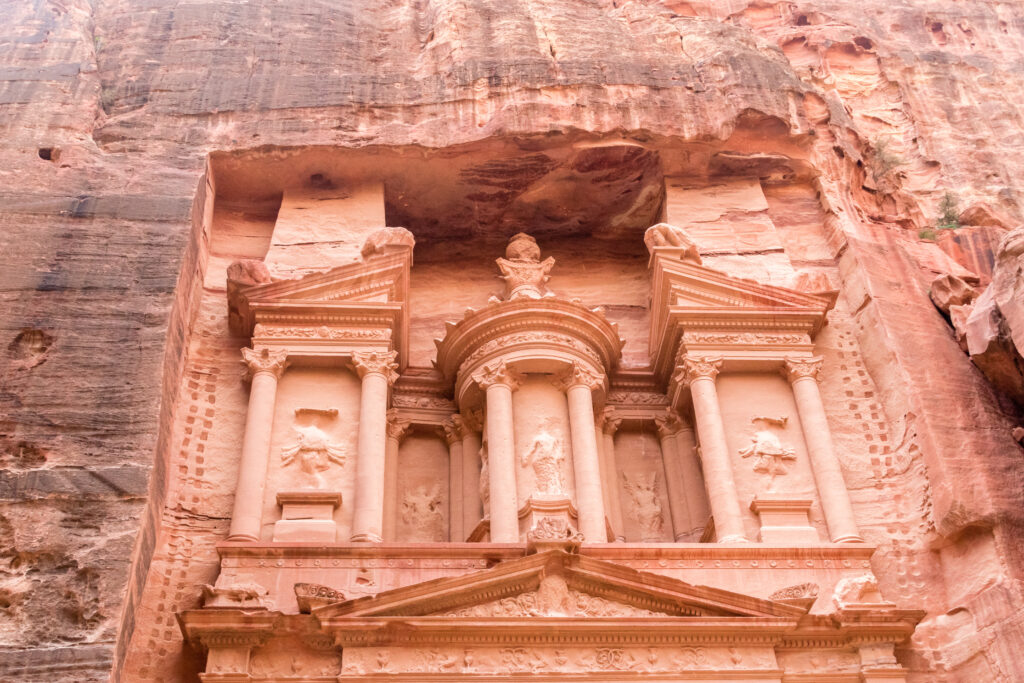
This ancient city was carved out of rock and stone in the cliffs of southern Jordan early in the 1st century but was abandoned in the 4th after earthquakes and trade route changes made it less appealing for inhabitants. Rediscovered in the 1800s, Petra’s astonishing red-hued rock architecture has lured visitors here to explore the landmark’s surprisingly advanced and intricate temples, theaters, homes, churches, and tombs carved into the cliffside of Petra.
25. Sagrada Familia, Barcelona
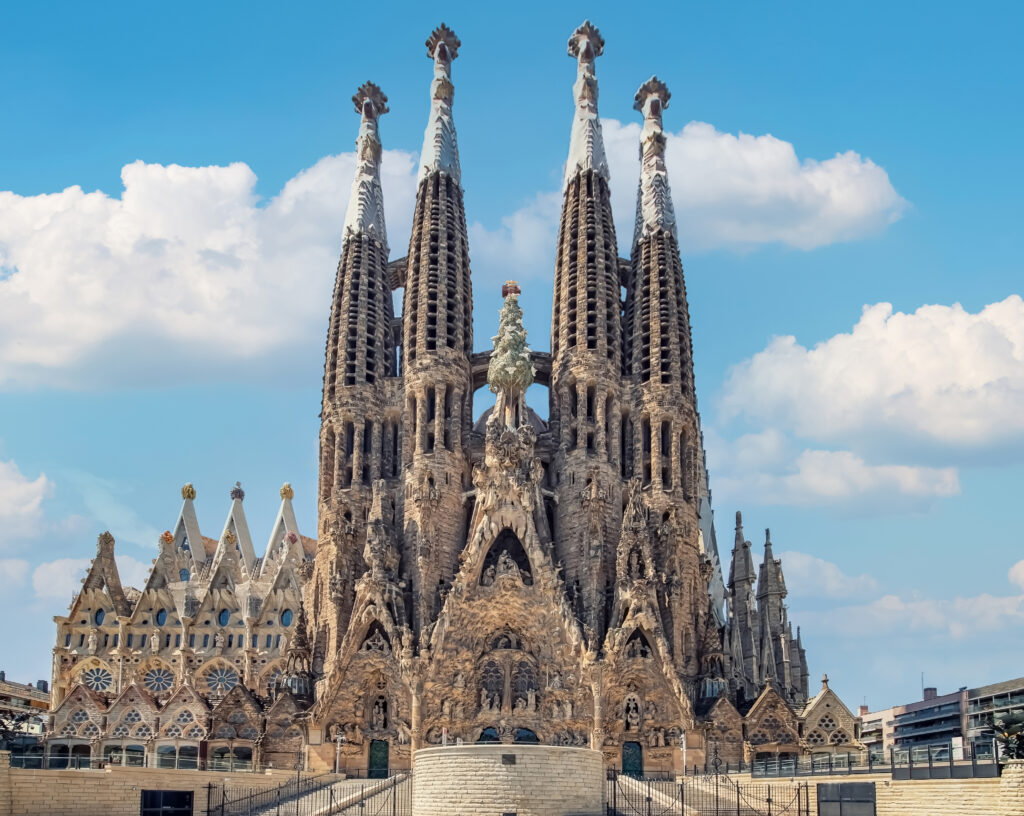
Gaudi’s masterpiece, begun in the 1880s, is still ongoing and visitors to this surreal Basilica are entranced by the Gothic architecture of La Sagrada Familia. With its ever-growing additions of spires, towers, and adornments, the changes guarantee it will continue to be one of the world’s most interesting landmarks.
26. Statue of Liberty, New York City
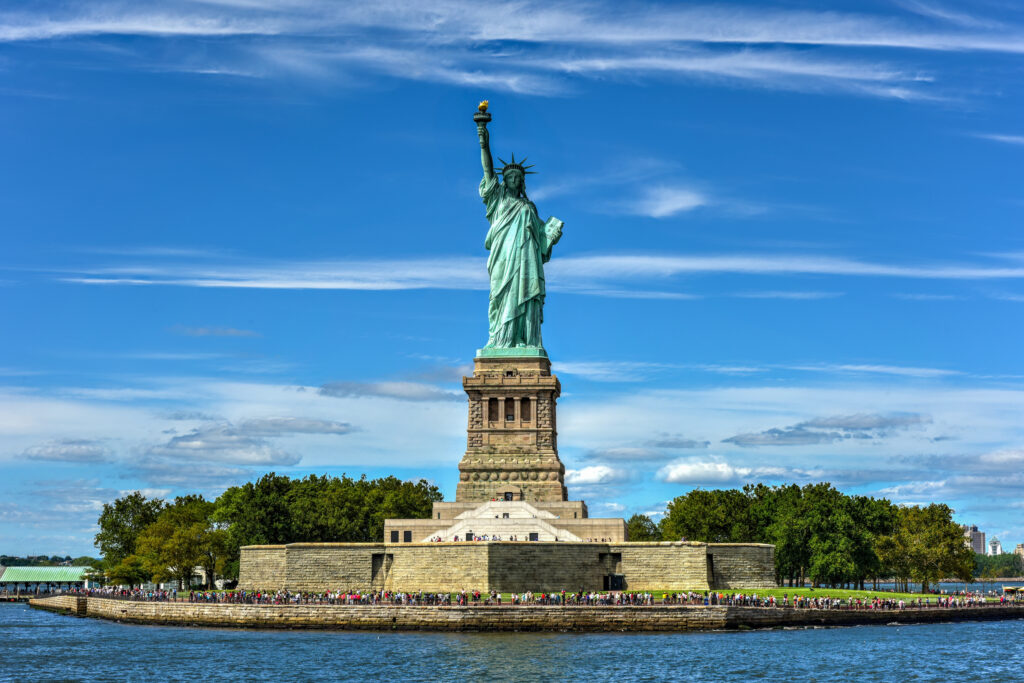
With her familiar green hue, uplifted torch, and welcoming stance, the Statue of Liberty is the iconic symbol of America and one of the most recognizable landmarks in the world. Visitors can ride a ferry from Manhattan to visit Lady Liberty and even climb up inside the statue that was designed and gifted to the US by the French.
27. Sydney Opera House, Australia
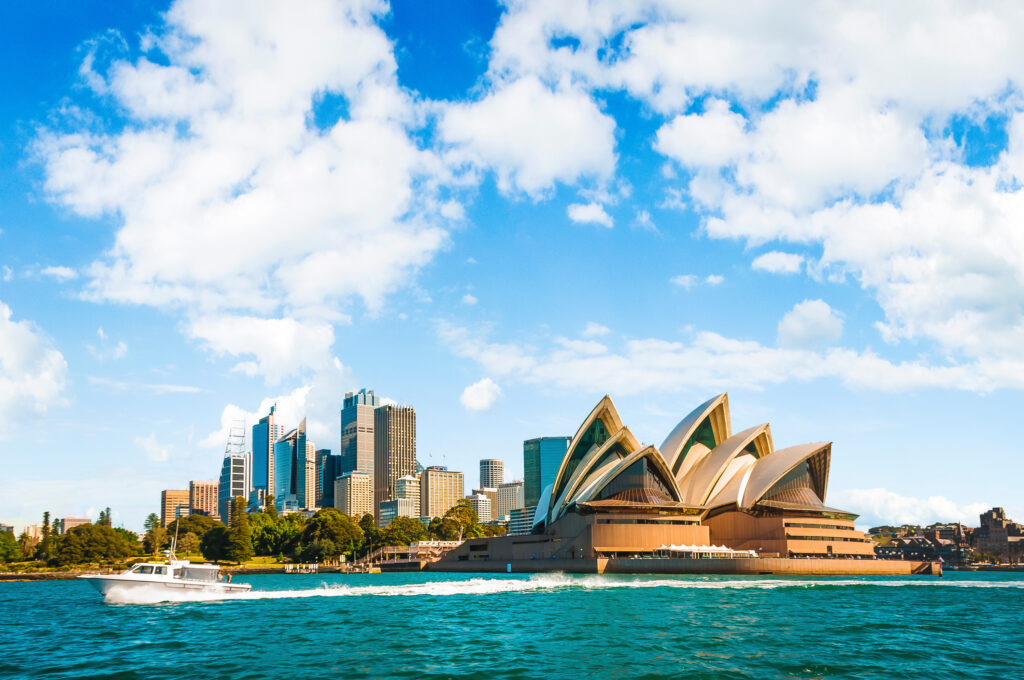
One of the busiest opera houses in the world, Sydney’s gorgeous structure wows visitors with its sail-like design that fits perfectly into Sydney’s harbor location. This brilliant landmark has hosted countless international events including the 2000 Olympics.
28. Taj Mahal, Agra, India
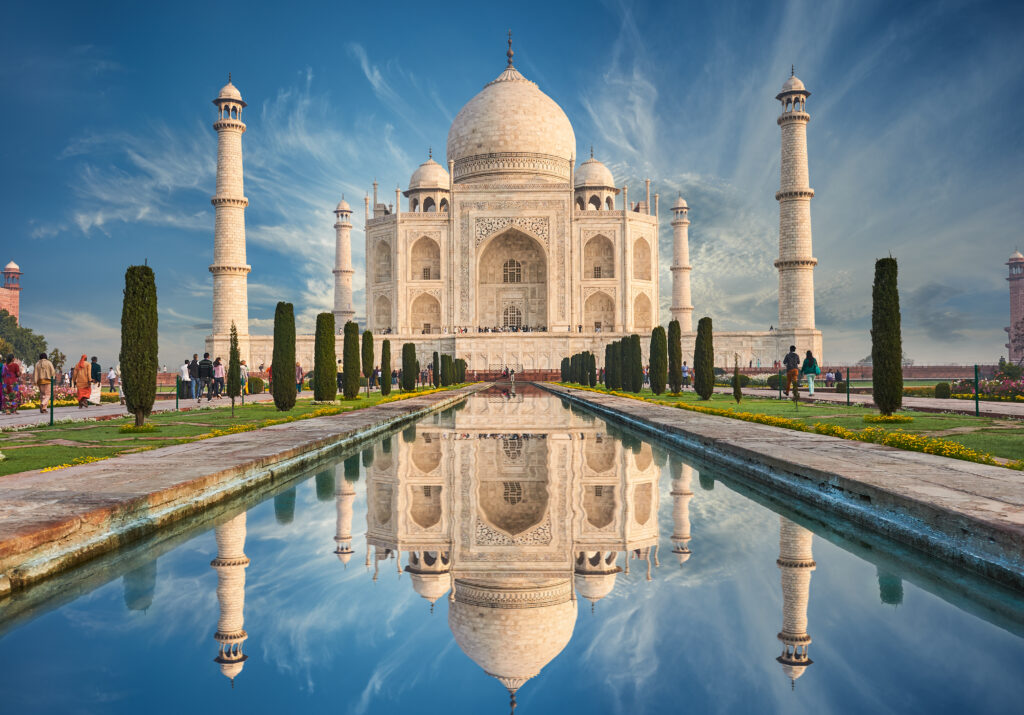
This 400-hundred-year-old mausoleum is crafted of stunning white marble making it easy to see why visitors love to visit this site which is also known as the best example of Indo-Islamic architecture. Built as an homage to Emperor Shah Jahan’s wife who died during childbirth, this sacred landmark even houses her tomb.
29. Uluru-Kata Tjuta National Park, Australia
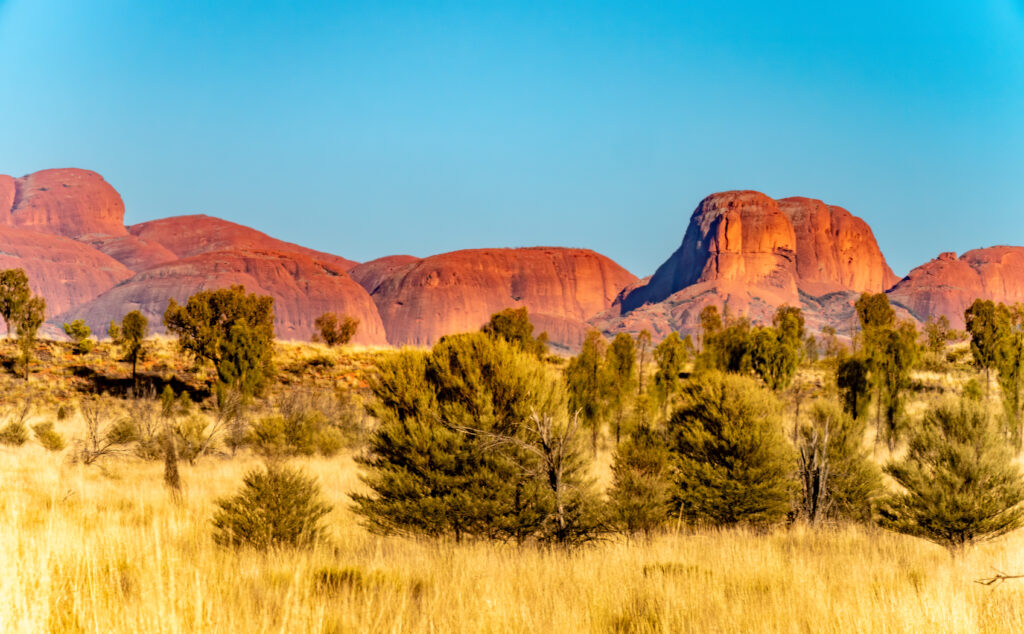
A sacred home to the Indigenous peoples of Australia, Uluru’s Ayers Rock and the rock formations found in Kata Tjuta offer spectacular hiking opportunities in a historical and ecologically meaningful setting.
30. Victoria Falls, Zimbabwe, and Zambia
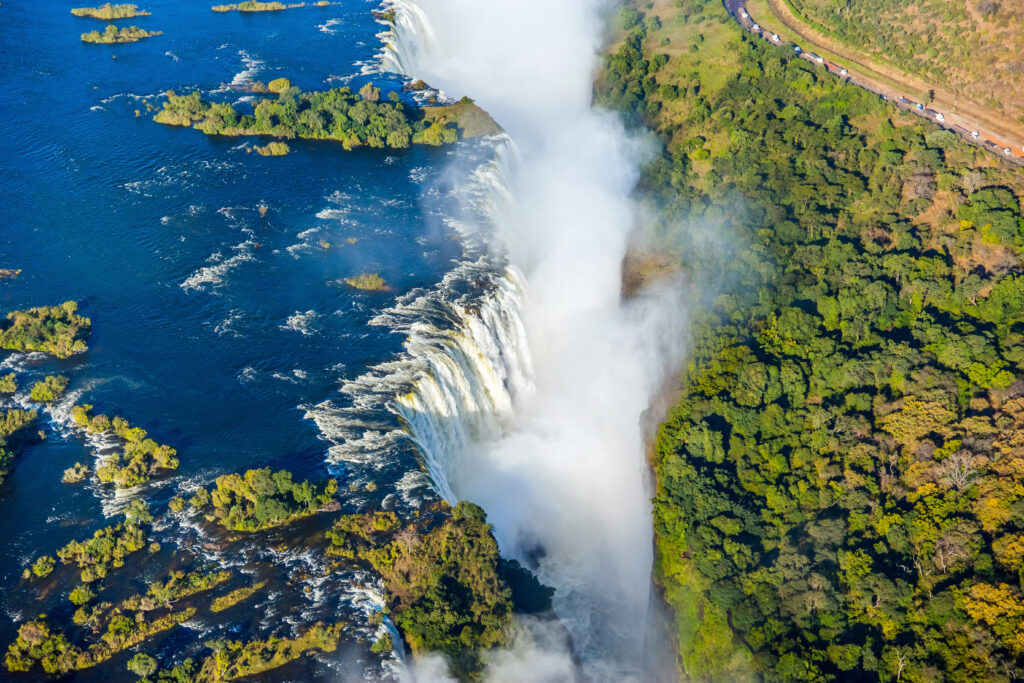
The curtain of water that plummets between the borders of Zimbabwe and Zambia known as Victoria Falls has been described as the “smoke that thunders” by local tribes. Located in Mosi-oa-Tunya Park, Victoria Falls is Africa’s most well-known landmark but the Falls are so massive they must be viewed from above due to the huge spray cloud resulting from the up to 500 million liters per minute flow.
Wanna see more of what the world has to offer? Here are some botanical gardens that have some of the most majestic plants and flowers from around the world. https://travelreveal.com/culture/natures-majestic-beauty-the-20-most-captivating-botanical-gardens/
